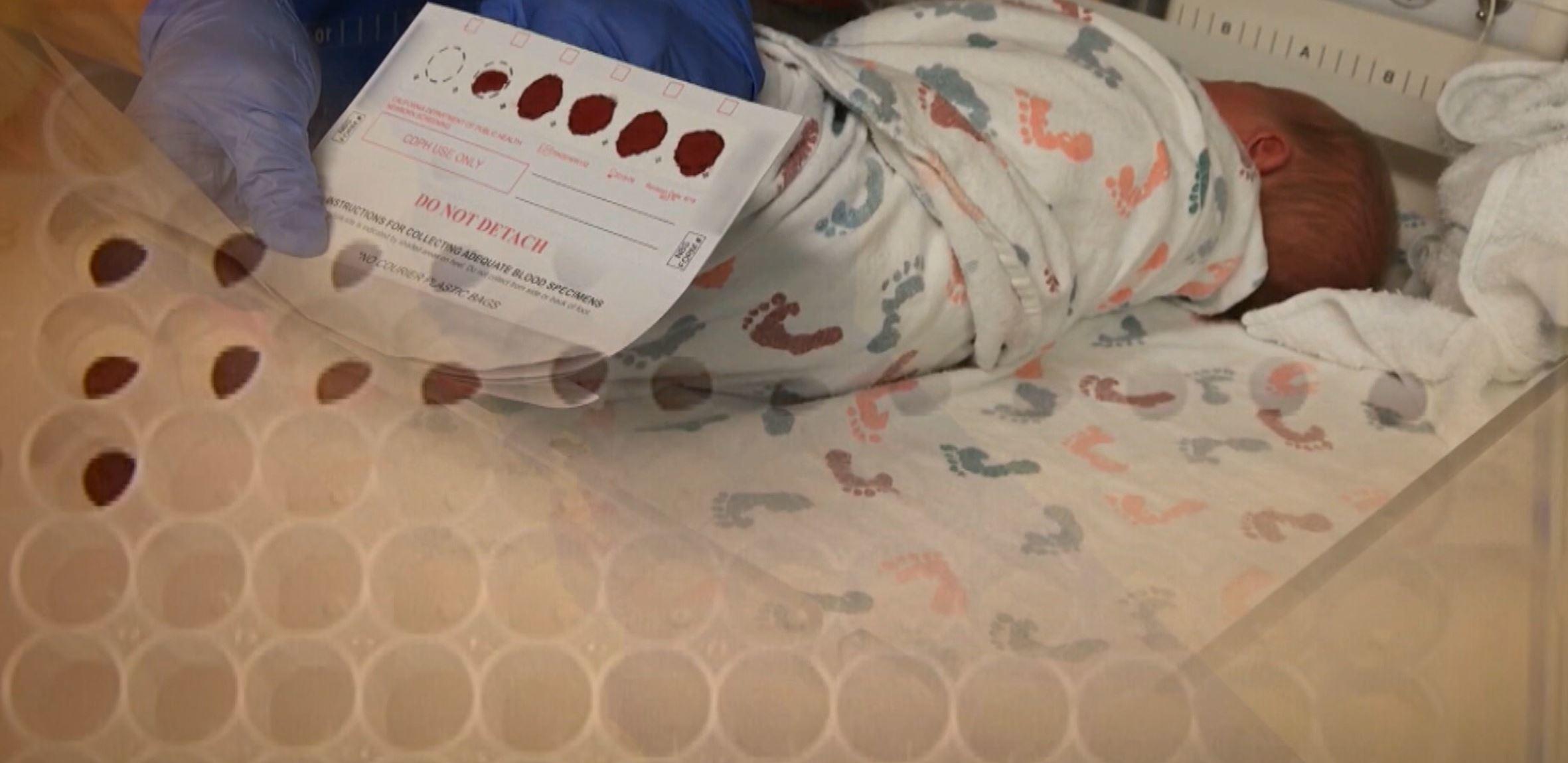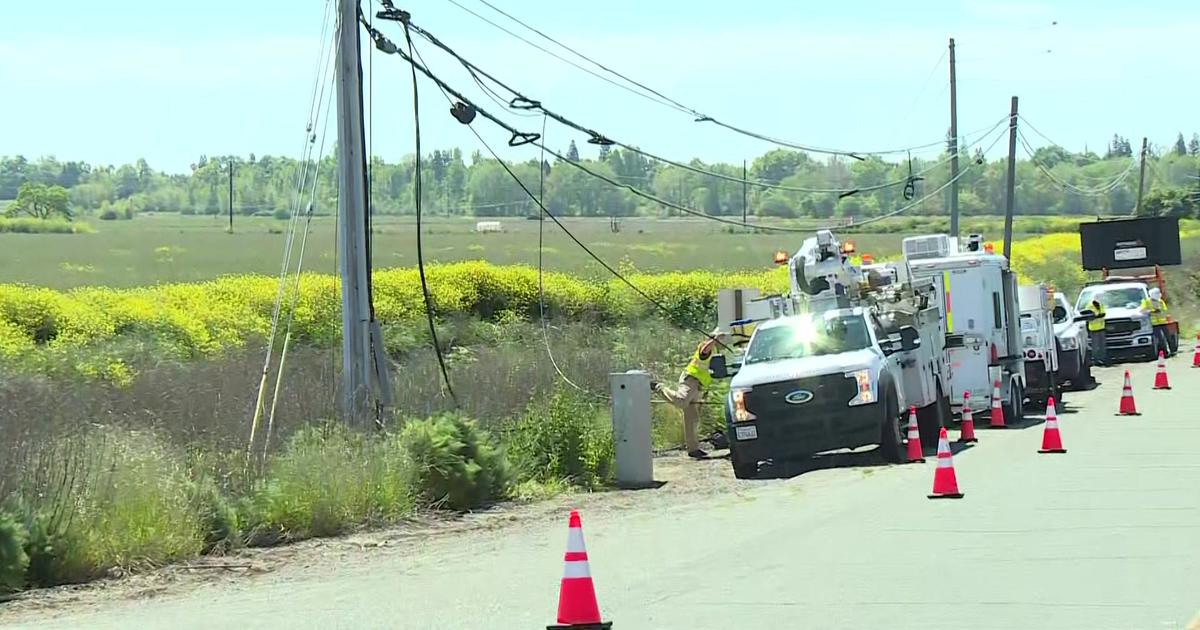Feds Approve Release Of Non-Native Weevil To Control Thistle; California 1st Up
BOISE, Idaho (AP) - Federal officials have approved turning loose a non-native insect to feed on an invasive thistle that sprouts in everything from rangelands to vineyards to wilderness areas, mainly in the U.S. West.
The U.S. Department of Agriculture said Tuesday it will permit the use of the weevil native to Europe and western Asia to control yellow starthistle, which is from the same area.
"Its flowers have inch-long spines that deter feeding by and cause injury to grazing animals and lower the utility of recreational lands," the agency said.
There is little to no risk of the insect attacking native plants, the agency said.
The weevils will initially be released in California, with additional releases in Idaho, Oregon, Washington and possibly Nevada, the agency said. It didn't give a timeline for putting weevils into the wild.
"We're really excited about the release of this weevil," said Jeremey Varley of the Idaho State Department of Agriculture. Yellow starthistle "is not good to eat, and it's toxic to horses."
The plant is concentrated in southwestern Idaho with more plants found going up the west side of the state, he said.
Before Idaho could release weevils, Varley said, the state will have to grow enough of them to have a big enough population to put into the wild. How long that might take isn't clear. The University of Idaho, which has an agricultural college, would likely play a role in that effort.
The U.S. Agriculture Department said yellow starthistle entered California before 1860 and is now one of the state's worst pests. Idaho, Oregon and Washington also have heavy infestations of the thistle that's been found in 41 states.
Experts say the weevil can reduce its spread where other methods, such as pesticides and physical removal of the plant, have failed. Yellow starthistle is an annual with a taproot. It spreads with seeds blown by the wind.
The insect's larvae feed on the upper part of the plant's root for about two months before going into the pupa stage inside the plant. They emerge as adults in June and feed on the yellow starthistle leaves for several days before, experts believe, becoming dormant. The following spring, females feed for several weeks, then lay a few eggs on starthistle plants each day for several months before dying.
Specifically, the federal agency on Tuesday released an environmental assessment and finding of no significant impact to releasing the weevils. In 2009, it released a draft environmental assessment and spent the next decade testing to make sure releasing the weevils wouldn't have unintended consequences.
The agency during the comment period back in 2009 received one objection expressing concerns that introducing a non-native species could have detrimental effects to the environment and native species.
Copyright 2019 The Associated Press.



